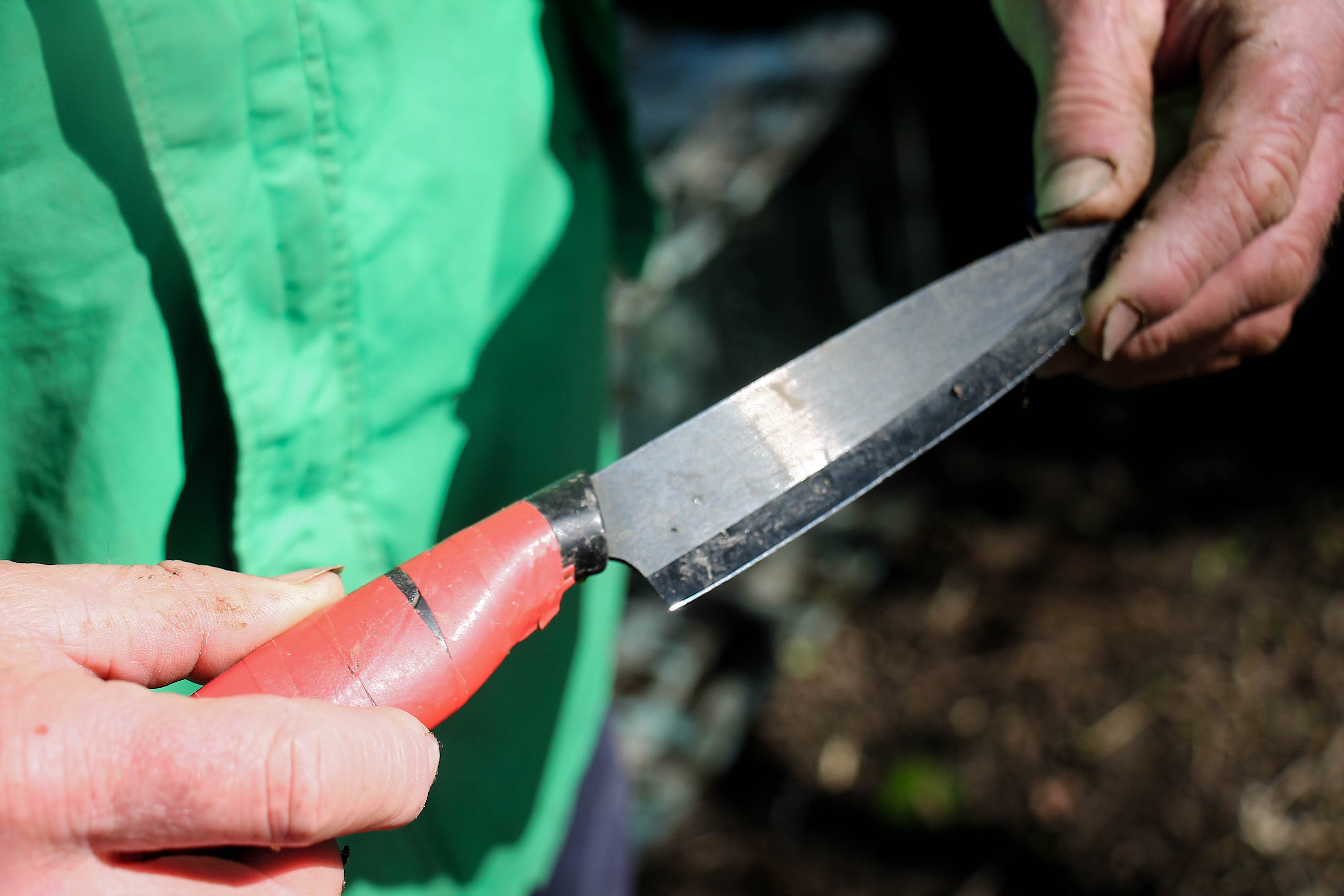Edits
Review
I met with Colin Roche and he drove us down the road his farm in Maufant. The first thing I had to do was to change my shoes and put on a pair of boots given to me by Colin. The idea of this was to protect my feet from the extremely slippery and swamp like conditions – this also was so my shoes were not damaged in the process. When we were driving down to the farm he asked general questions such as what my project was about and to find out how I would like best his assistance.
We had a general chat before he went on to explain what got him into watercress farming. He revealed why he moved from Liverpool, initially intending to stay in Jersey for a weekend but “never returned” in the last 40 years. His interest in watercress farming developed when he worked for a short period as a gardener for the politician Terry Le Main, who I incidently met in my first shoot – he is a customer at the Fresh Fish Company. After finding enjoyment from this he was introduced to the watercress crop, soon developing the key skills and practise and practise needed to successfully grow the crop, until he purchased his own watercress farm and set up a business with his brother. Ever since Colin has worked as the first and only major watercress grower in Jersey, supplying watercress to all of the main supermarket chains in Jersey, numerous different restaurants, farm-shops and small retailers. Colin extended to give a brief insight into facts about the watercress crop – it is considered a ‘superfood’ because of its high nutritional value – it has more than 15 essential vitamins and minerals: in contains more iron than spinach, more calcium than milk, and more vitamin C than oranges.
When we got to the farm I started straight away to take photograph as I only had a short amount of time to complete the shoot. My photographs at this first part of the shoot were fairly instinctive, and I decided at this point not to copy any particular style but instead to get as many photographs done as possible in a short space of time. Whilst I was photographing Colin gave me a general tour of different aspects of the farm. Firstly we looked at the general preparation, showing the controlled areas where all the watercress is grown, as well as a general talk on how we manages to day-to-day aspects of the business, monitoring what he does and when. Because Colin is effectively a one-man operation since his brother moved back to Liverpool he has to manage everything. He says that his working pattern is very much an early shift, starting at 5-6 in the morning and finishing at aroud about 2. The general day-to-day tasks involve,, judging different beds of watercress and planning in advance when to pick from different stations, according to growth of the crop in addition to other concerns such as predicted whether conditions and planned business arrangements to supply different patches he has promised. Colin says that this is more of a
He says that this pattern is espacially improtant in the winter when it gets dark quicker. Colin also says that years of experience picking Watercress has made him very efficient. After a brief glimpse into the size of the farm and what goes on, Colin gave me 10-15 minutes to go around getting different pictures of whatever I felt would be good for my project.
The second part of the shoot involved actually photographing Colin going about what would be his general day-to-day work, tasks such as monitoring and adjusting the seeding of the watercress (it requires a special chemical added to the water supply to help it grow more efficiently), watering the watercress, getting the depth of the swamp, and picking/stacking the watercress. Colin was happy to pose for a lot of photographs and even offered to take a few pictures of me in the watercress beds, pretending to pick the watercress, of which I have a few. This part of the shoot was more relaxed however I was still required to photograph fairly quickly and it was more of a case of documenting what I saw. I decided I did not need any formal portraits of Colin because I felt I had enough images already which showed him at work -these images I judged were strong enough without the need of any additional portraits.
At the end Colin answered a few general questions I had and said that he was happy to answer in more detail via email. He also kindly gave me a bag of watercress to take home for myself. The shoot overall I found was very enjoyable and I learned a lot about Colin’s experiences in general as well as a bit of information related to the watercress not only as a crop, but also how it is farmed as distributed across the island.
I am happy with my resulting images, as I gave good variety of photographs which explore various different aspects of the farm. However I would have like to have had slightly longer on the farm to explore it, and I have noticed that this lack of depth to my images has limited their ability to tell a collective story. Nevertheless I have 2-3 key images I believe could go towards conveying a narrative of a larger body of work. It is clear however that a short one-off visit to a farm can gather some got images and visual responses, but at the same time such a lack of quantity effects the overall quality of the work.













